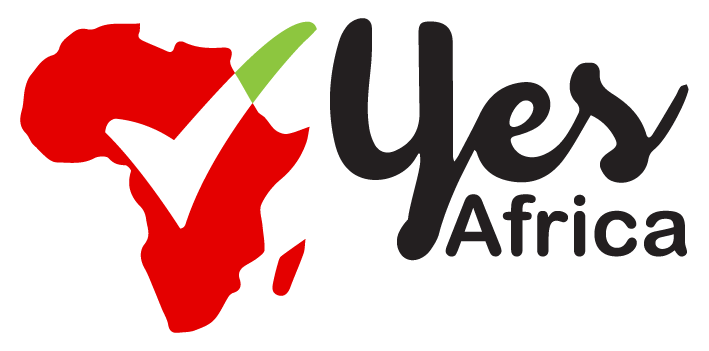Zimbabwe’s newest currency, the ZiG (Zimbabwe Gold), has seen a devaluation of over 40% against the US dollar, as the Reserve Bank of Zimbabwe (RBZ) struggles to stabilise the country’s economy.
Introduced in April 2024 to replace the rapidly depreciating Zimbabwean dollar, the ZiG was meant to bring stability, but it has faced significant challenges including an increased demand for the US dollar.
Although the ZIG had remained relatively stable on paper, its value has been than halved in the black market, where most businesses secure the US dollars.
After warnings from by large retailers of store closures, the RBZ raised the official exchange rate to 24 ZiG per dollar, a sharp increase from the previous 14 ZiG.
- Advertisement -
The central bank said in a statement that its Monetary Policy Committee made the adjustment to allow greater exchange rate flexibility by closing the gap between the official exchange rate and the parallel market.
Zimbabweans have a historic mistrust of the central bank, dating back to 2008, a period of uncontrollably high inflation which caused it to print 10tn Zimbabwe dollar notes. Their confidence in the currency has been undermined by the presence of illegal forex markets, where they are offered better rates.
This marks Zimbabwe’s sixth attempt at establishing a stable currency in 15 years. The currency instability is compounded by a lack of fiscal discipline, rising inflation, and limited access to foreign currency. As a result, formal businesses face closures due to their inability to restock goods amid high inflation and dwindling foreign currency reserves.
Critics argue that the government’s interventions, including raising interest rates to 35%, restricting foreign currency access, and imposing exchange controls, are exacerbating the situation.
Development economists suggest that to restore stability, Zimbabwe must adopt more holistic fiscal and monetary reforms, including abandoning exchange controls and allowing the market to determine the currency’s value.










